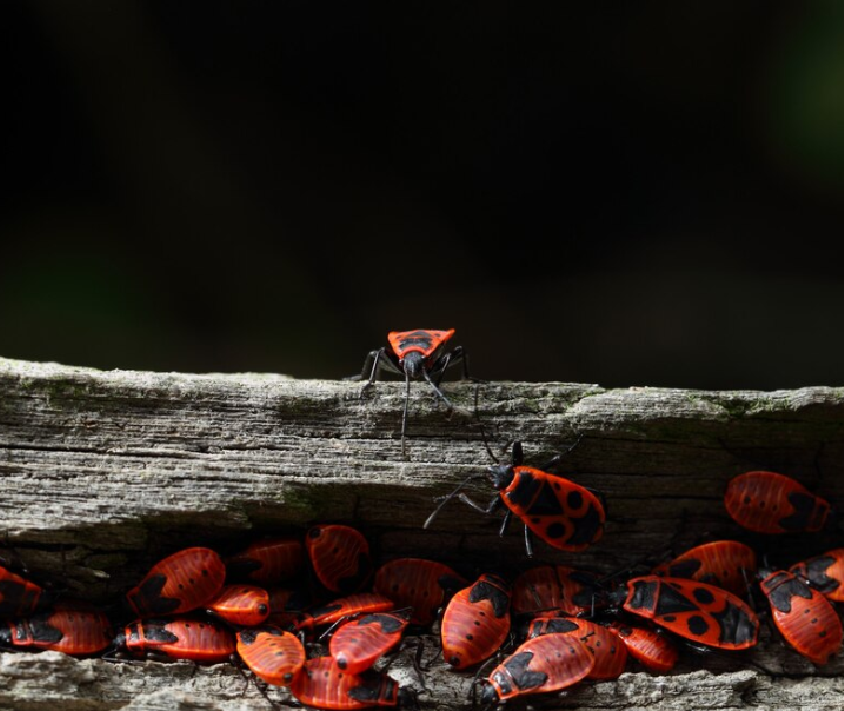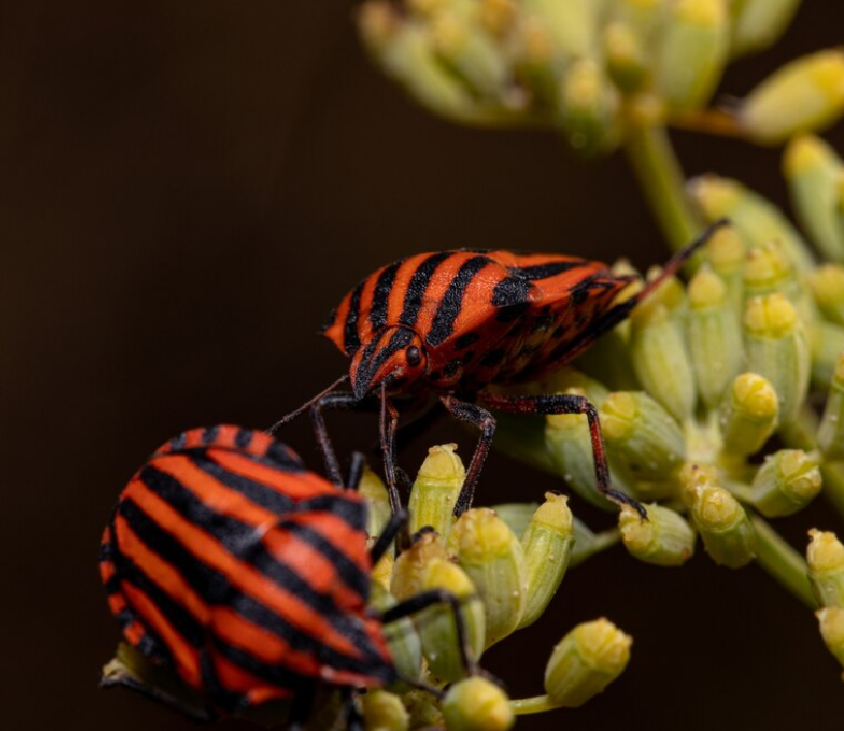Palm Weevil
Palm weevil, known as the red palm weevil, is a species scientifically named Rhynchophorus ferrugineus. It is especially known for the damage it causes to palm trees. This species is commonly found in tropical and subtropical regions.
Palm weevil lives in the trunks of trees, causing significant destruction. Detecting the damage it causes is quite challenging, making early detection in trees crucial. It primarily affects date palms, coconut palms, and other ornamental palms. In our country, it particularly damages trees in the Mediterranean and Aegean regions, leading to economic losses.
Red Palm Weevil
The life cycle of the palm weevil begins with laying its eggs in the trunk of the palm tree. The eggs then develop into larvae. These larvae feed on the inner parts of the trees and reach the pupal stage within 1-3 months. The adults emerging from the pupae spread throughout the tree.
This species is generally known as a palm tree pest. The affected palm trees include date palms, coconut palms, and other palm species.
The greatest damage is caused by the larvae, which spend their entire lives inside the tree trunk. Therefore, detecting them is quite difficult. As the destruction grows, a yellowish-brown sticky liquid starts to flow from the tree. Over time, the leaves begin to yellow and dry out, and a foul odor is typically noticed. This species, which causes great damage to plants, eventually leads to the death of the trees.
The damage it causes to date palms is especially significant, resulting in important economic losses. Therefore, it is a species that must be carefully managed in countries where date palm production is significant.
The damages caused by this species include:
This pest poses a serious threat to palm trees and is spreading worldwide. Early detection is crucial in combating these red beetle species. Regular monitoring of trees allows for early detection of symptoms and timely intervention, minimizing damage.
Does the Palm Weevil Harm Humans?
While this species is known for the damage it causes to palm trees, it does not have a direct negative impact on human health. However, by infecting trees, it can facilitate the spread of infectious diseases. Working in areas with infested trees can cause discomfort from larvae and beetles.

This species may indirectly affect humans by causing agricultural and economic losses, particularly in date-producing areas, exerting pressure on people.
Therefore, combating this pest species is of great importance. Effective and definitive results can be achieved with the applied control methods.
Control methods include:
- Cultural control: Pruning, maintaining trees, and destroying diseased trees prevent the spread of this pest species.
- Chemical control: Insecticides are used, but environmental impacts should be considered.
- Biotechnical control: The use of pheromone traps is a method of combating the species.
Biotechnical control is one of the most preferred methods due to its ease of use and cost-effectiveness.
Red Palm Weevil Trap
The palm weevil trap is an effective method used to combat this species. One type of this trap, the pheromone trap, contains pheromones that control the mating and social behaviors of the beetles.
This trap method attracts male beetles using the pheromones secreted by female beetles, leading them to the trap where they are destroyed. The attracted beetles stick to adhesive sheets. Another method involves placing water-filled containers inside these traps. Similarly, the attracted beetles fall into the water-filled containers and drown.
These traps typically use plastic containers or bottles. Pheromone capsules are placed inside the trap. Pheromone traps are hung at certain intervals in areas where beetles are commonly seen. The trap height is approximately 1.5-2 meters. For effectiveness, it is recommended to hang them in non-windy areas.
Pheromone traps are preferred due to their low cost and simple setup.
The general advantages include:
- Population monitoring and control.
- Mass destruction of harmful beetles.
- Targeting specific pest species, thus preventing harm to beneficial organisms.
- Significantly reducing chemical use, thereby protecting the environment and human health.
- Reducing pesticide use, lowering producer costs.
To effectively utilize pheromone traps, regular maintenance and inspections are necessary. Similarly, pheromone capsules should be checked and replaced. Thus, high efficiency can be achieved from this type of trap.
For more information about the palm weevil and effective control methods, you can contact Kapar Organik.
Frequently asked questions about the palm weevil:

This species causes significant damage to palm trees but does not harm human health.
There are effective methods to combat this species, yielding successful results.
This species generally lives in the trunks of palm trees.
